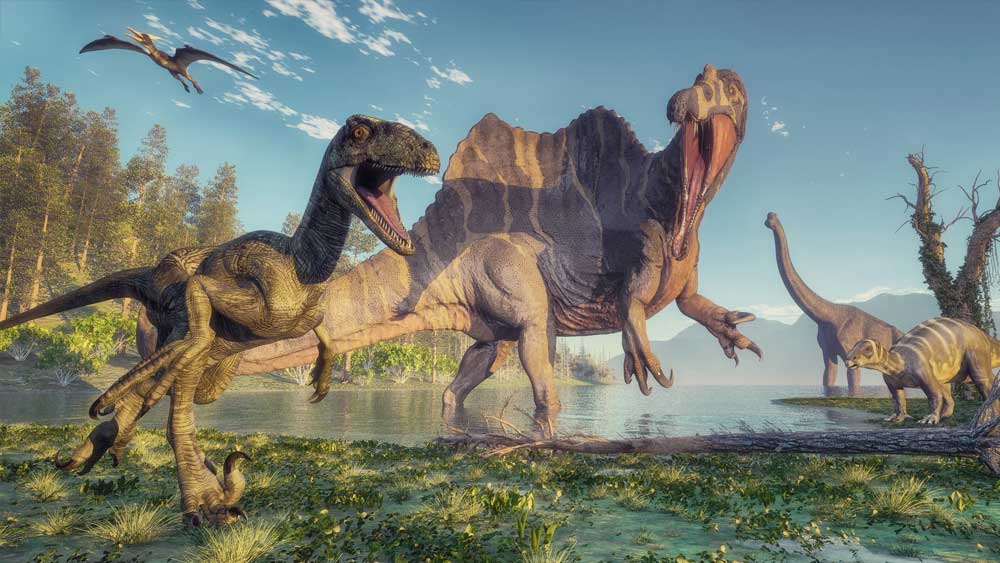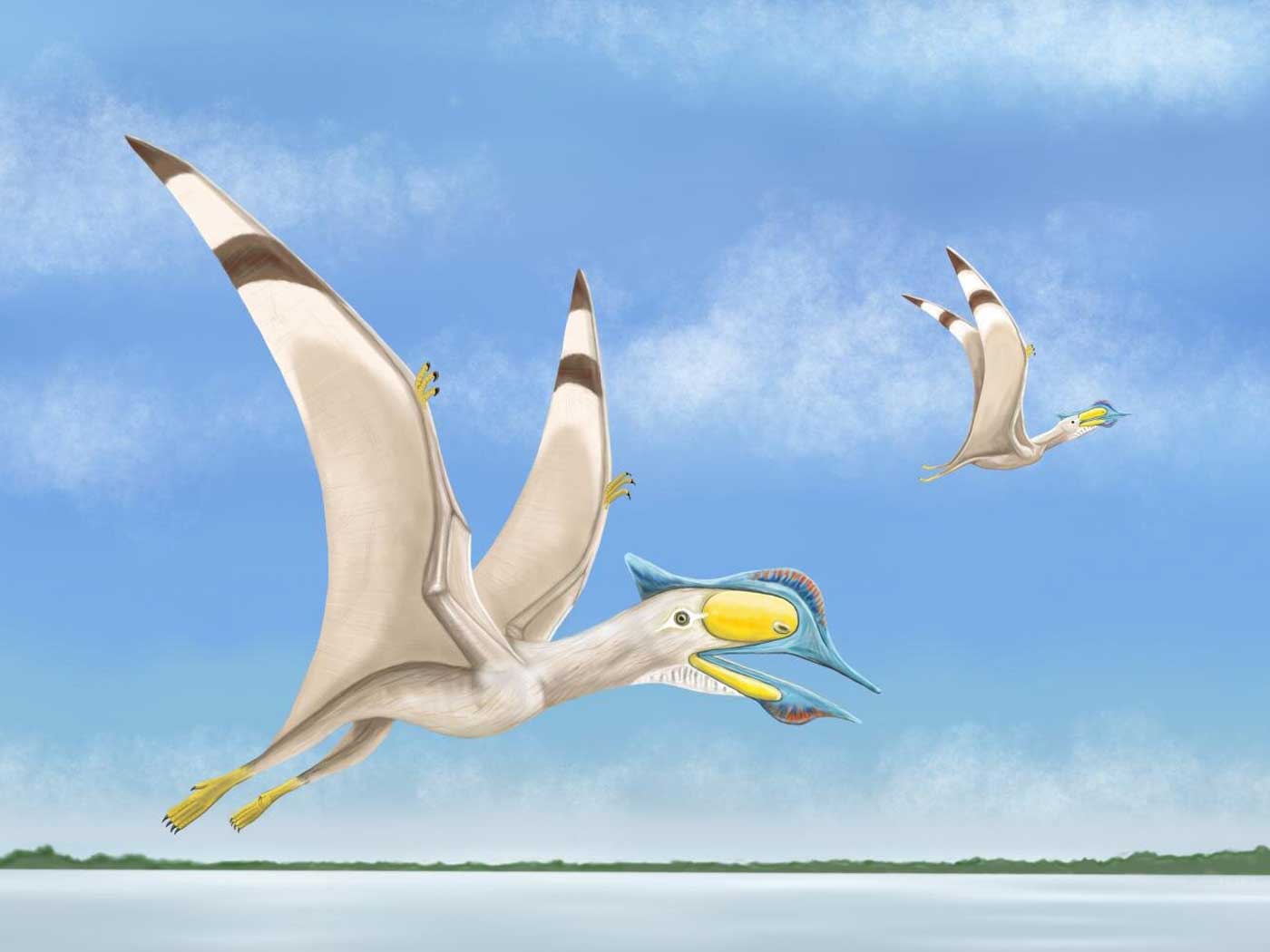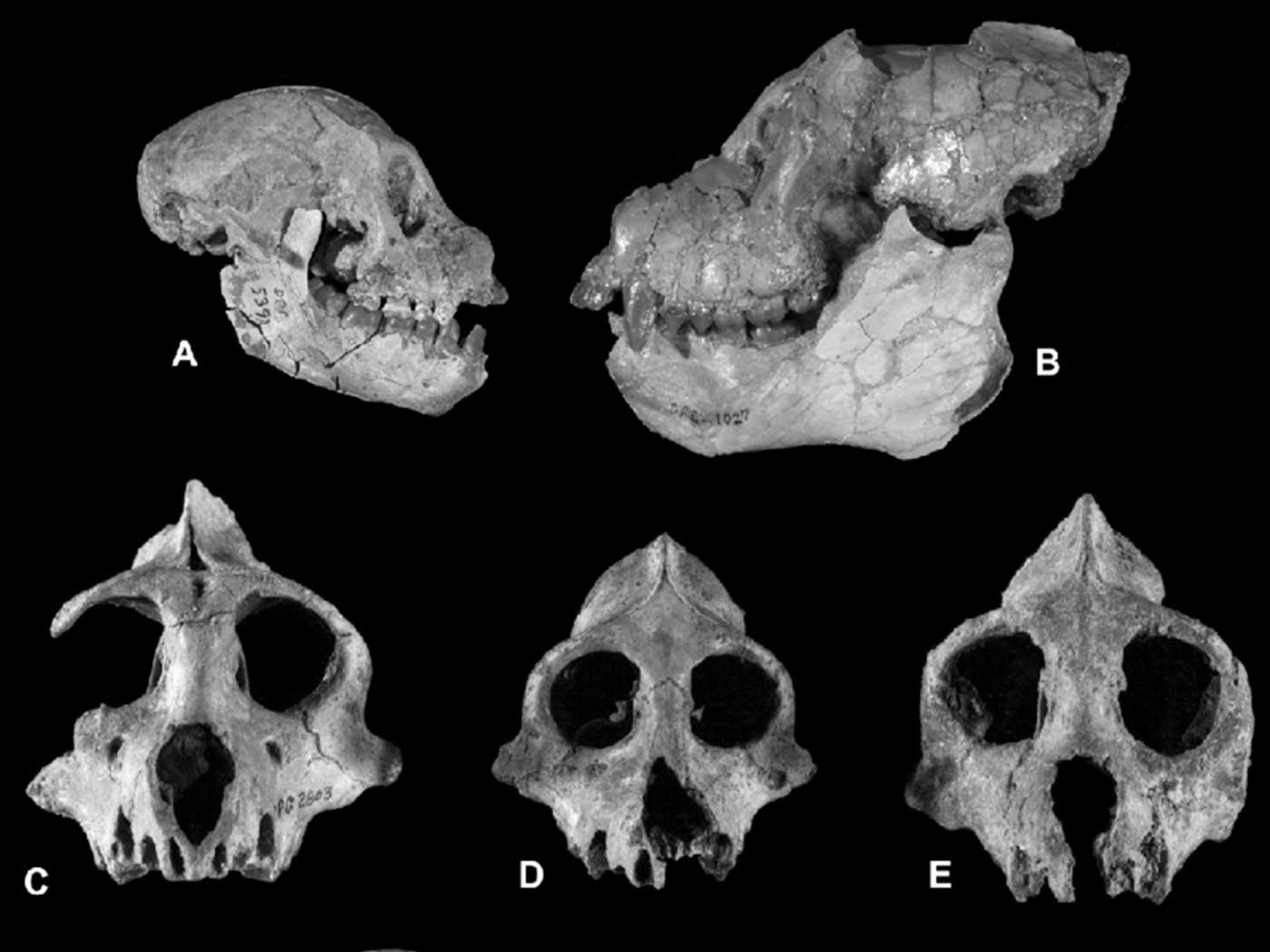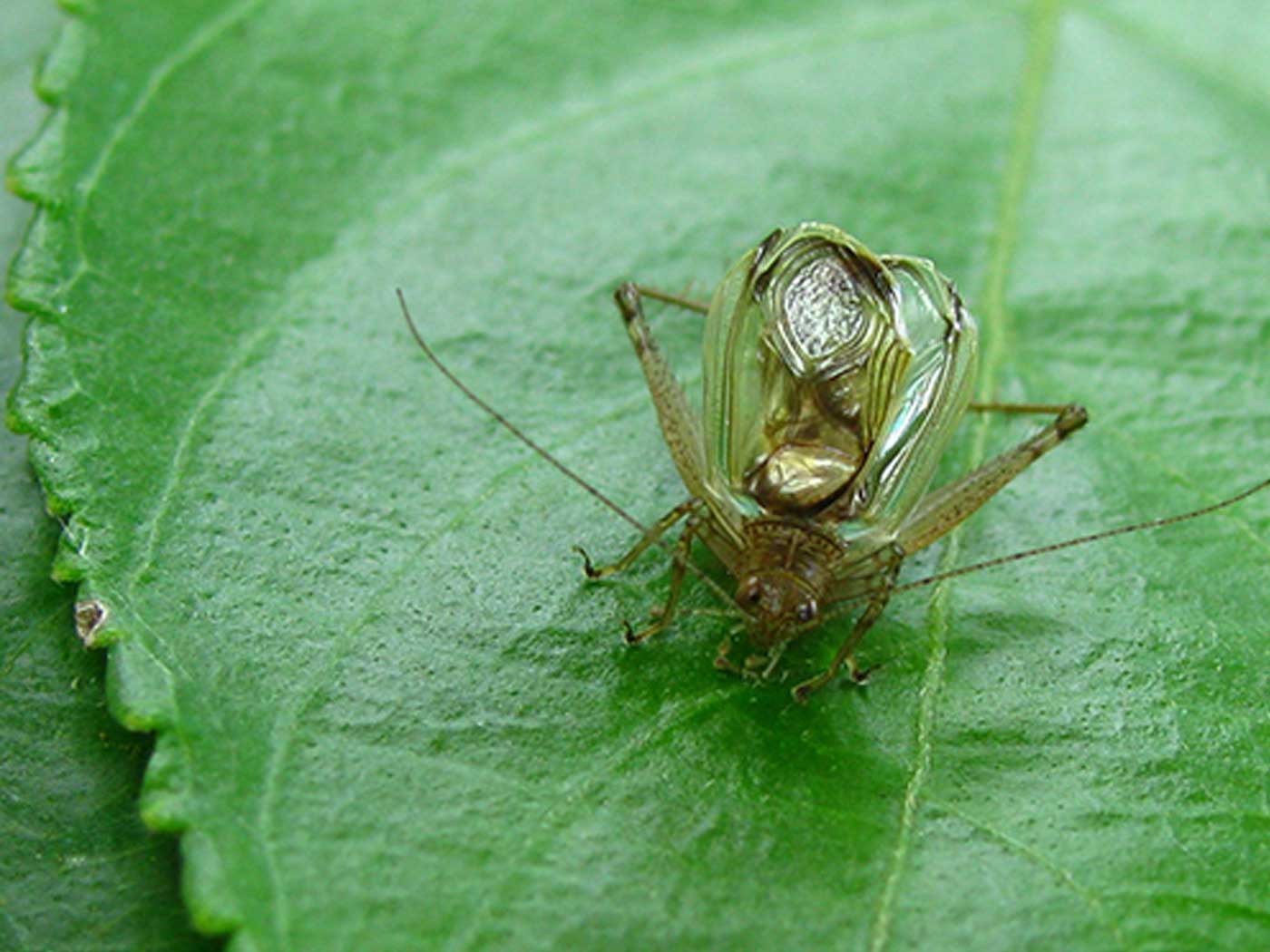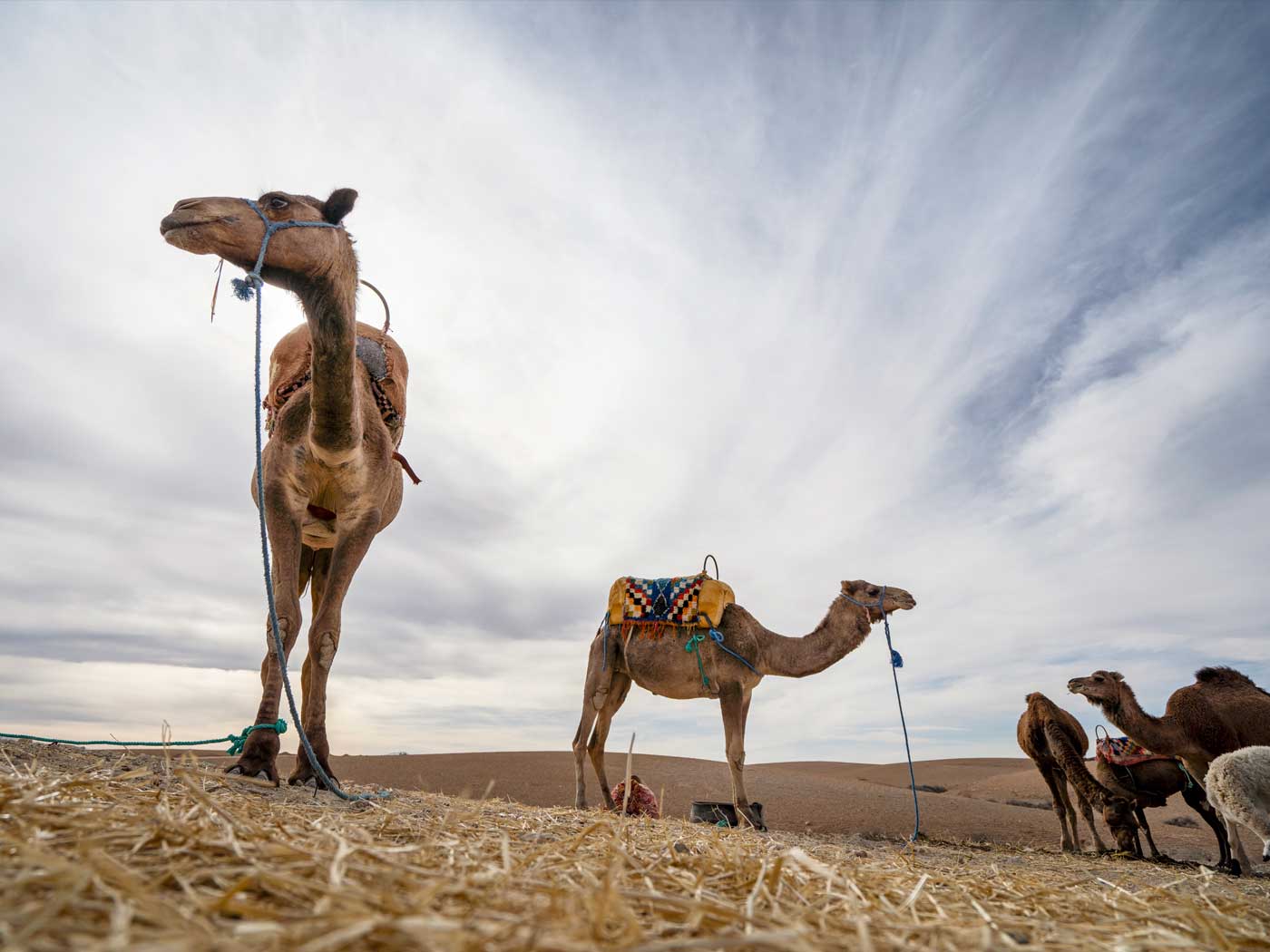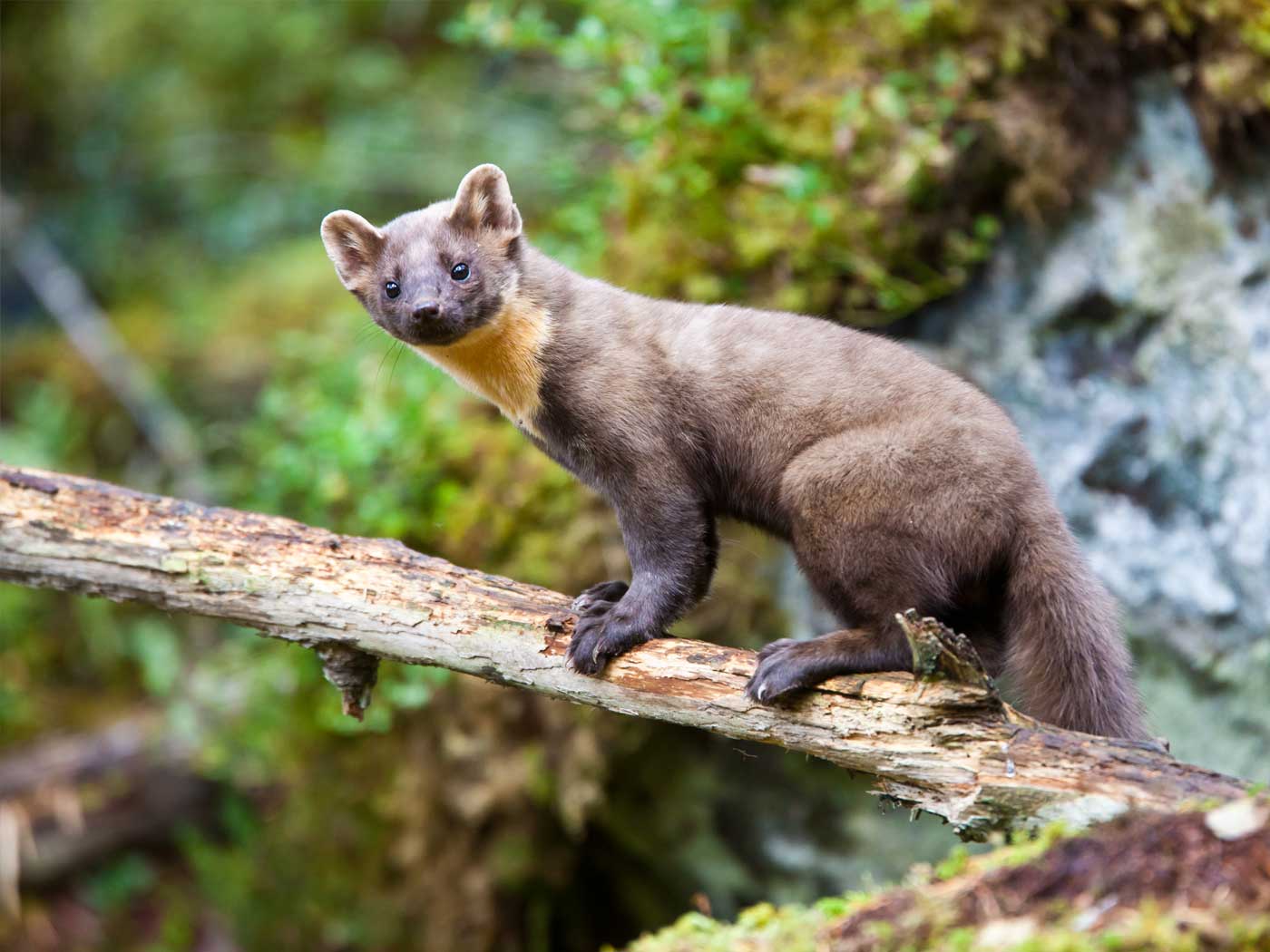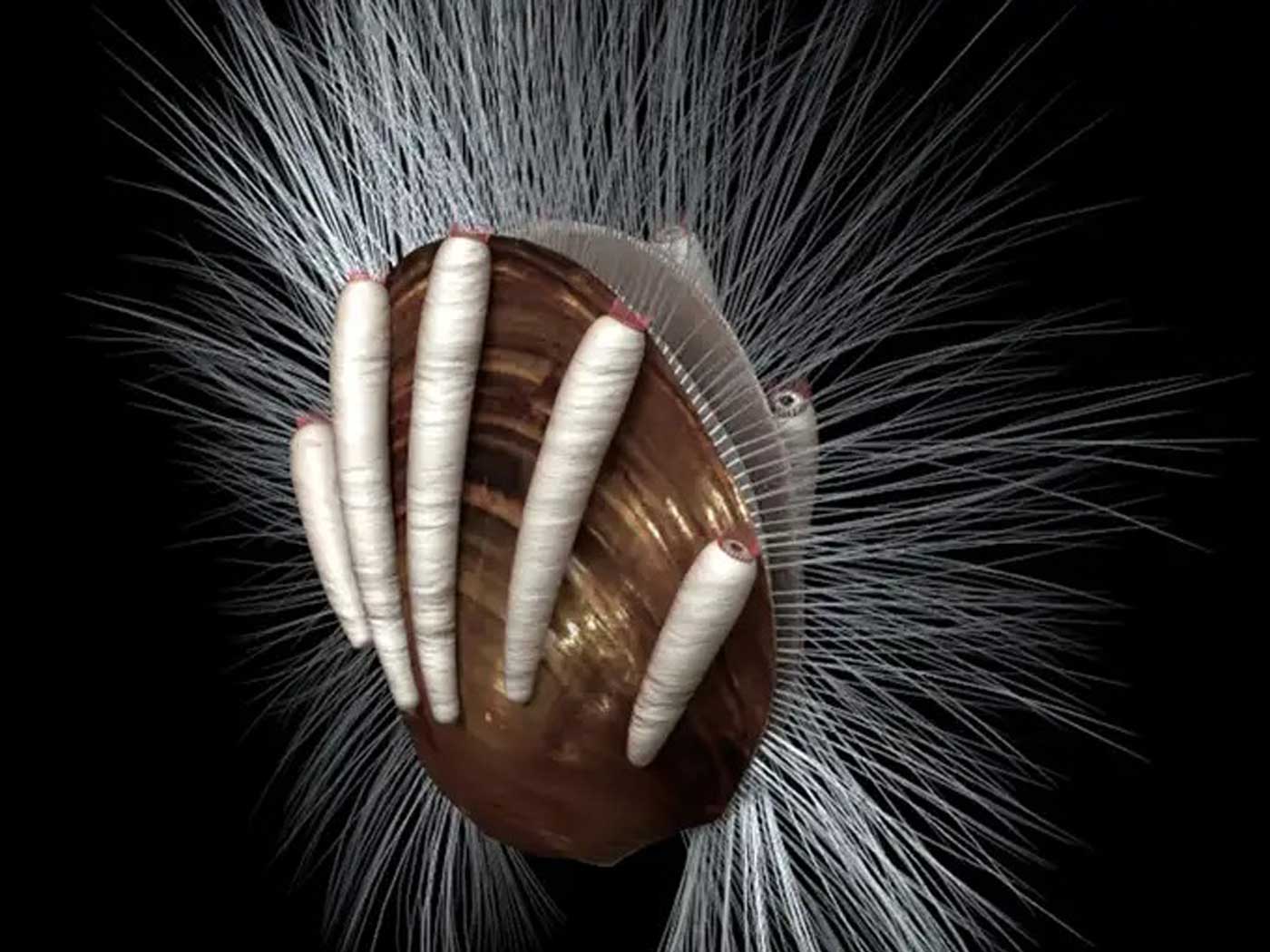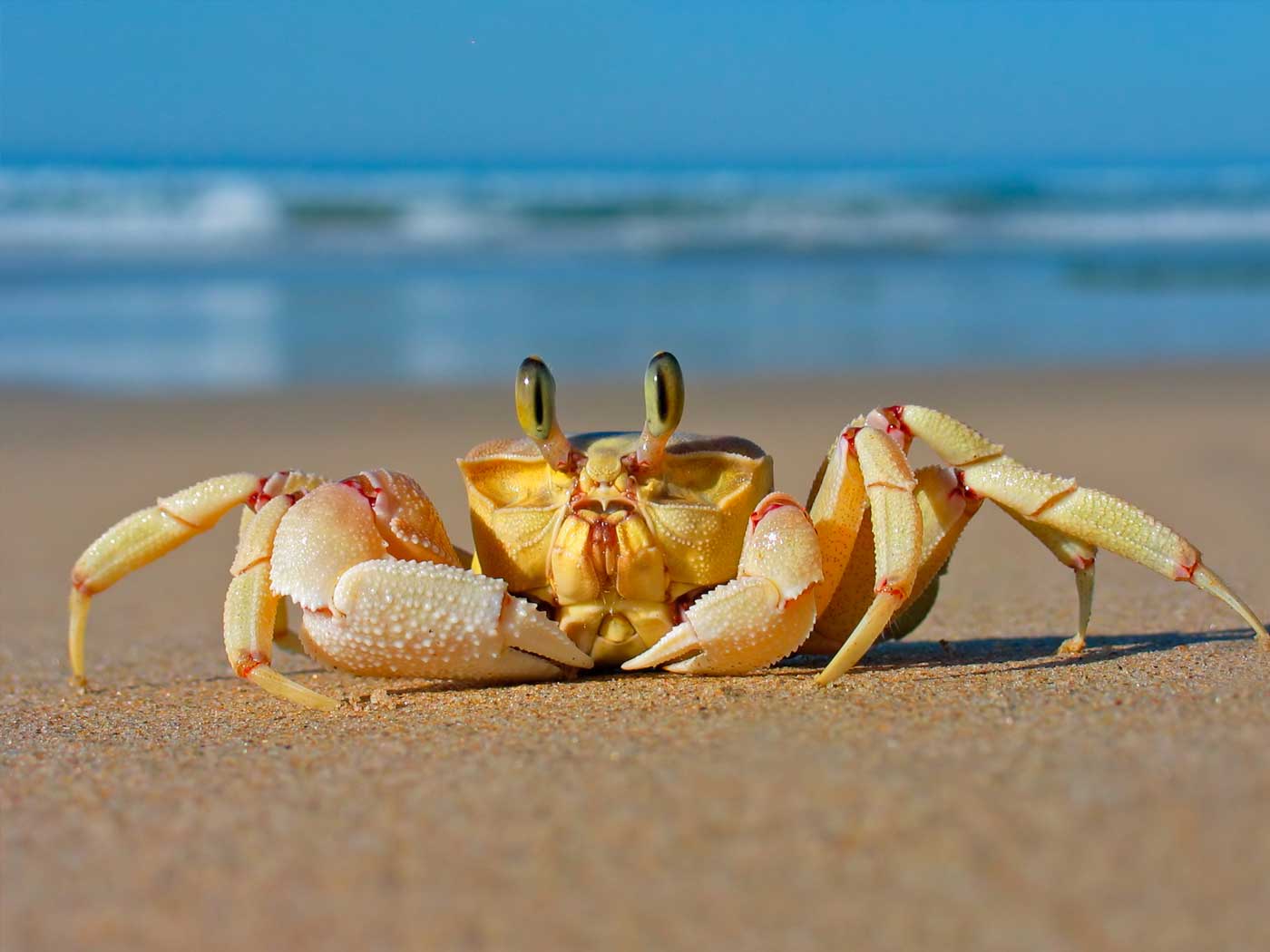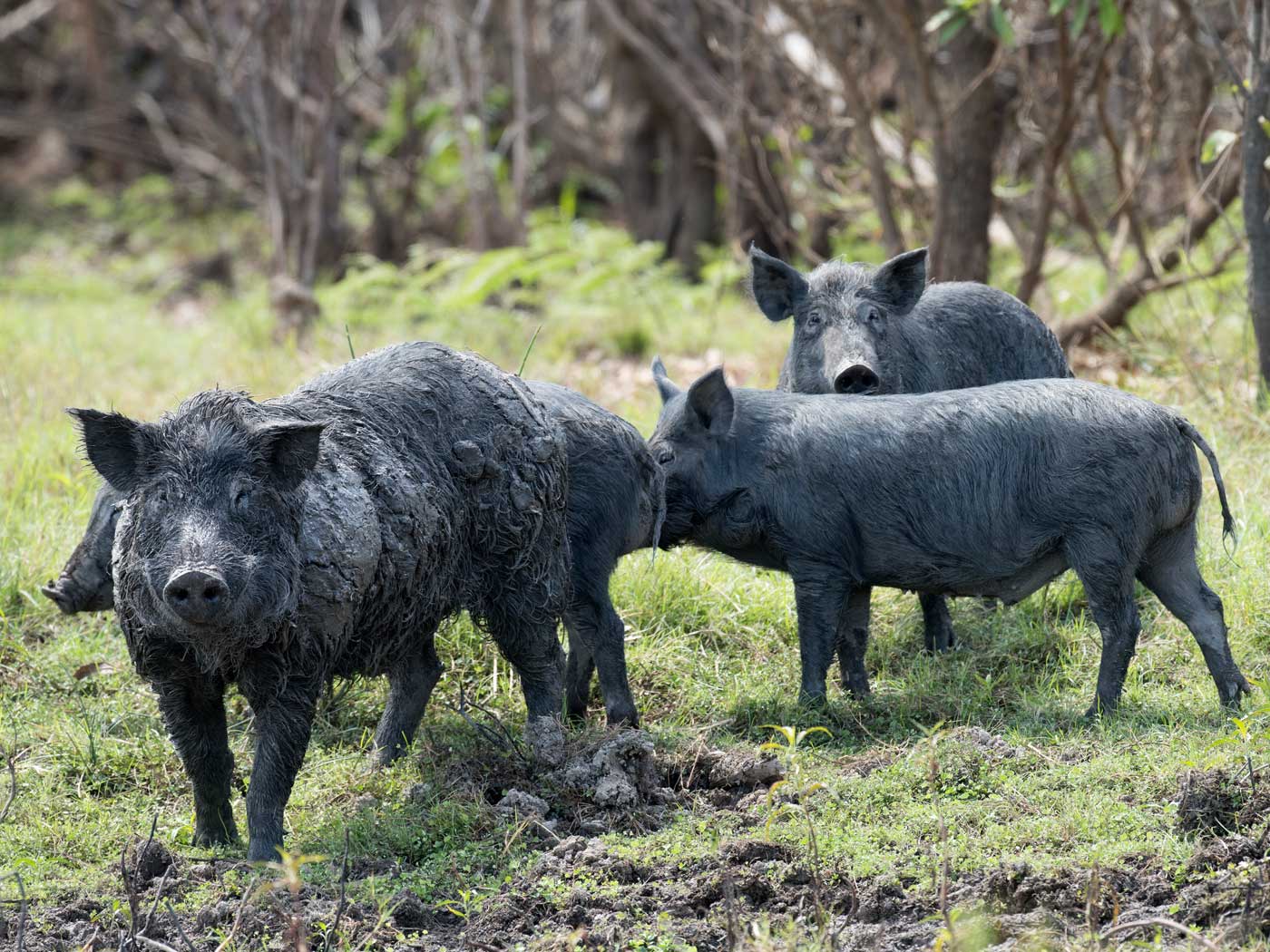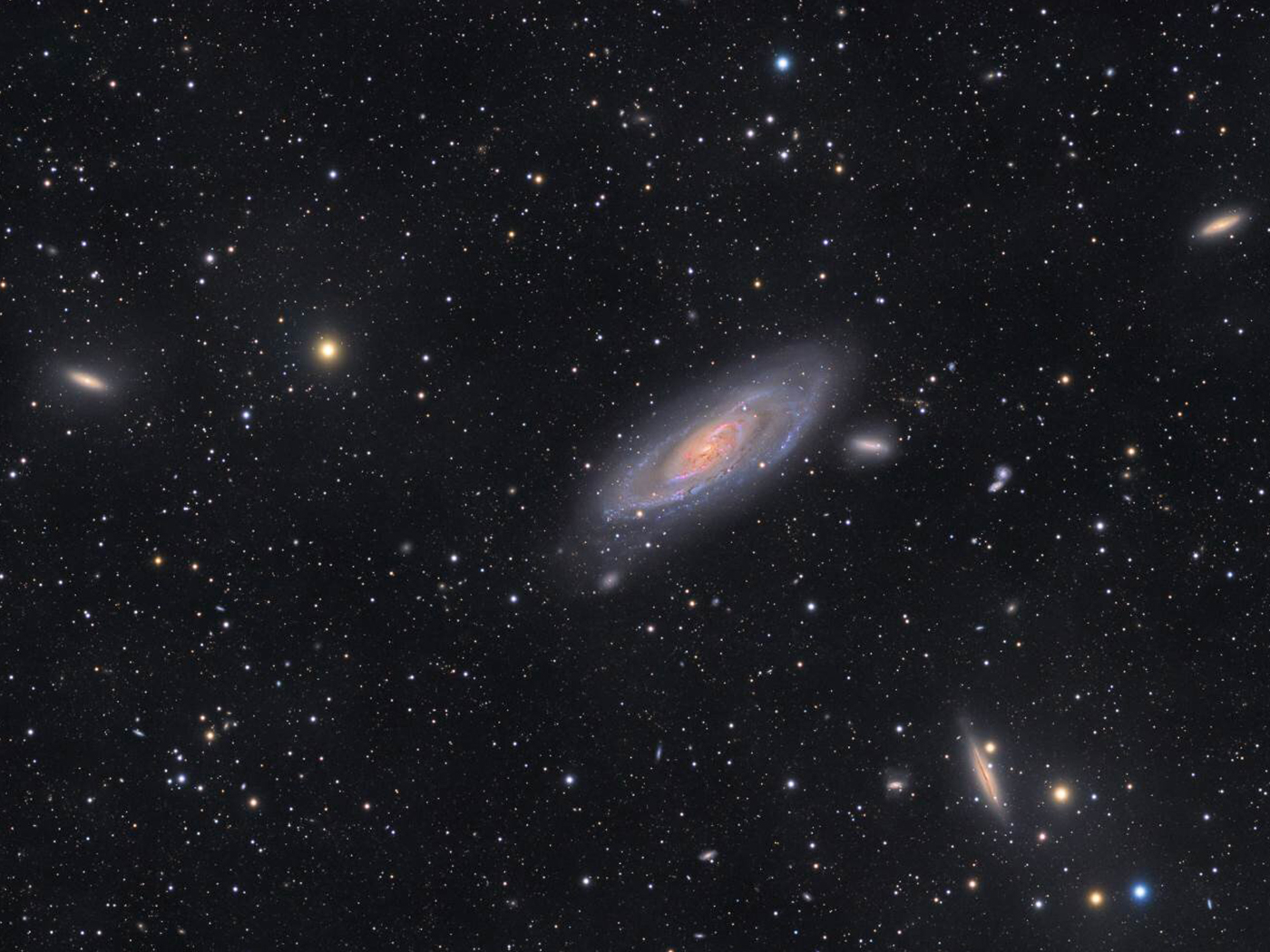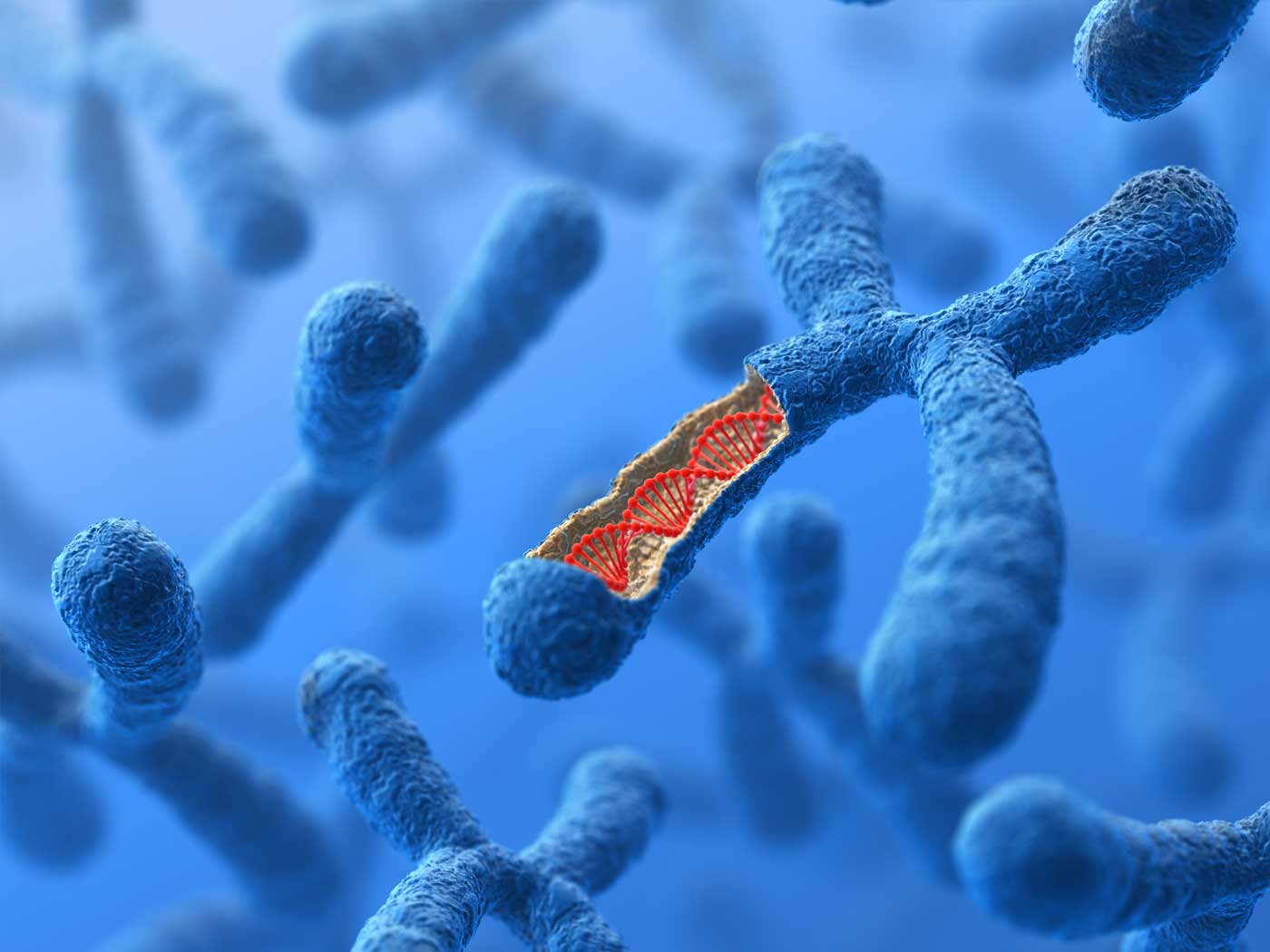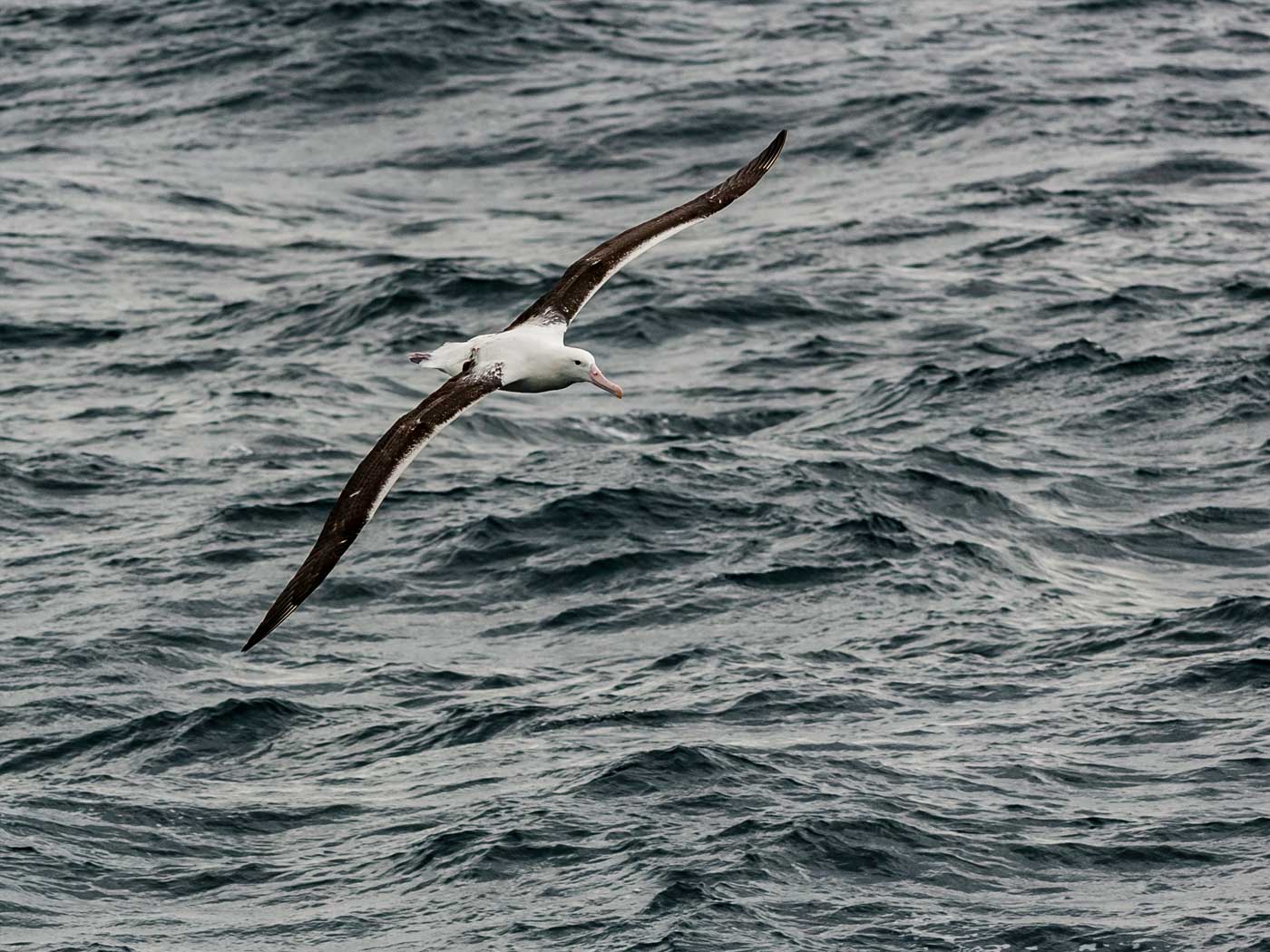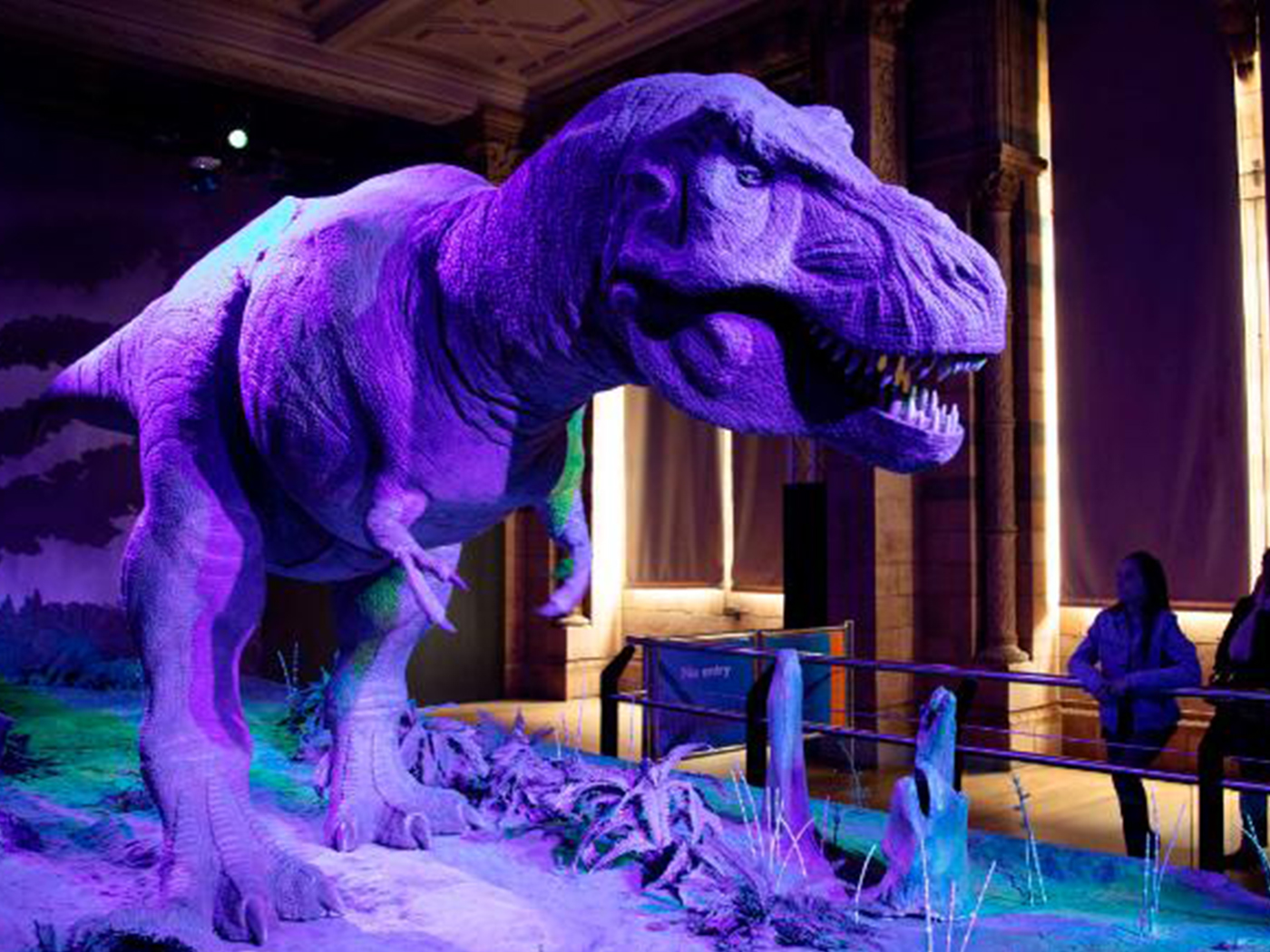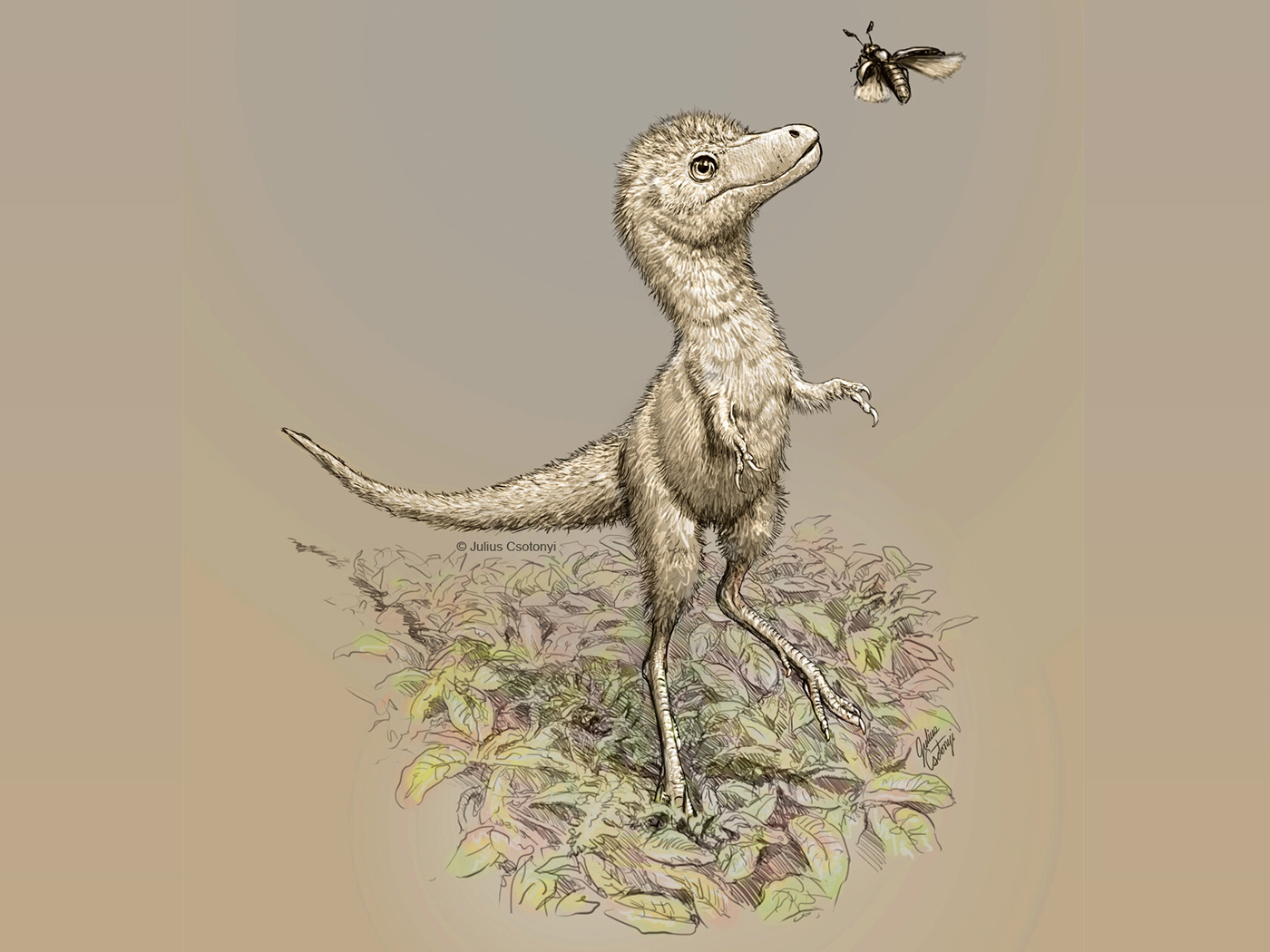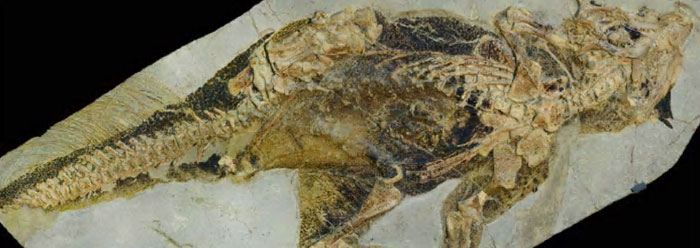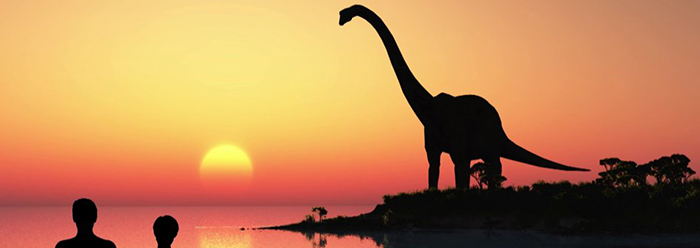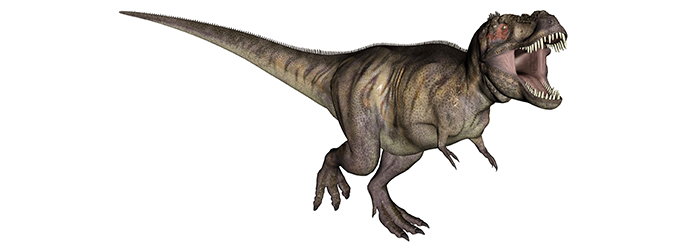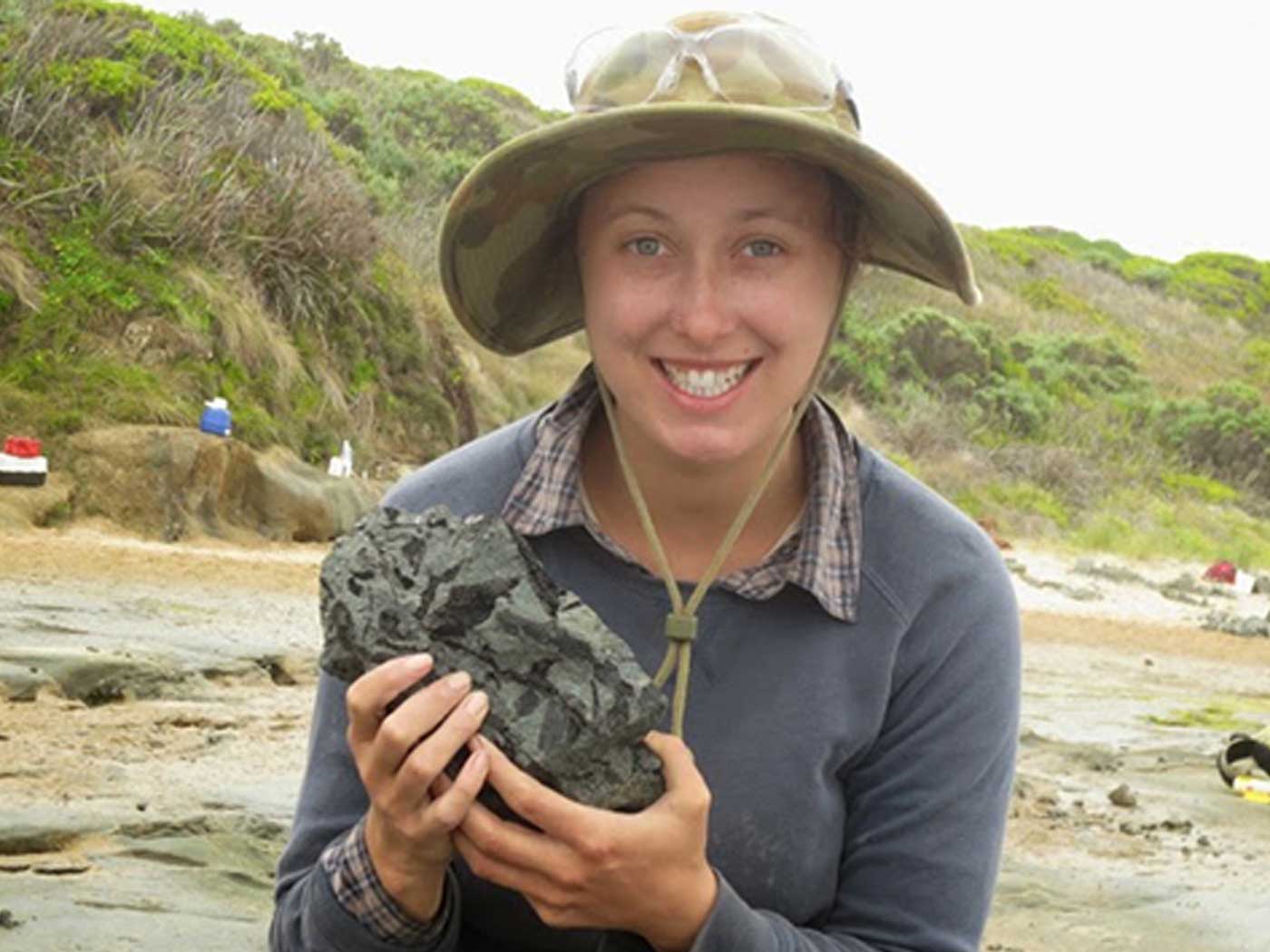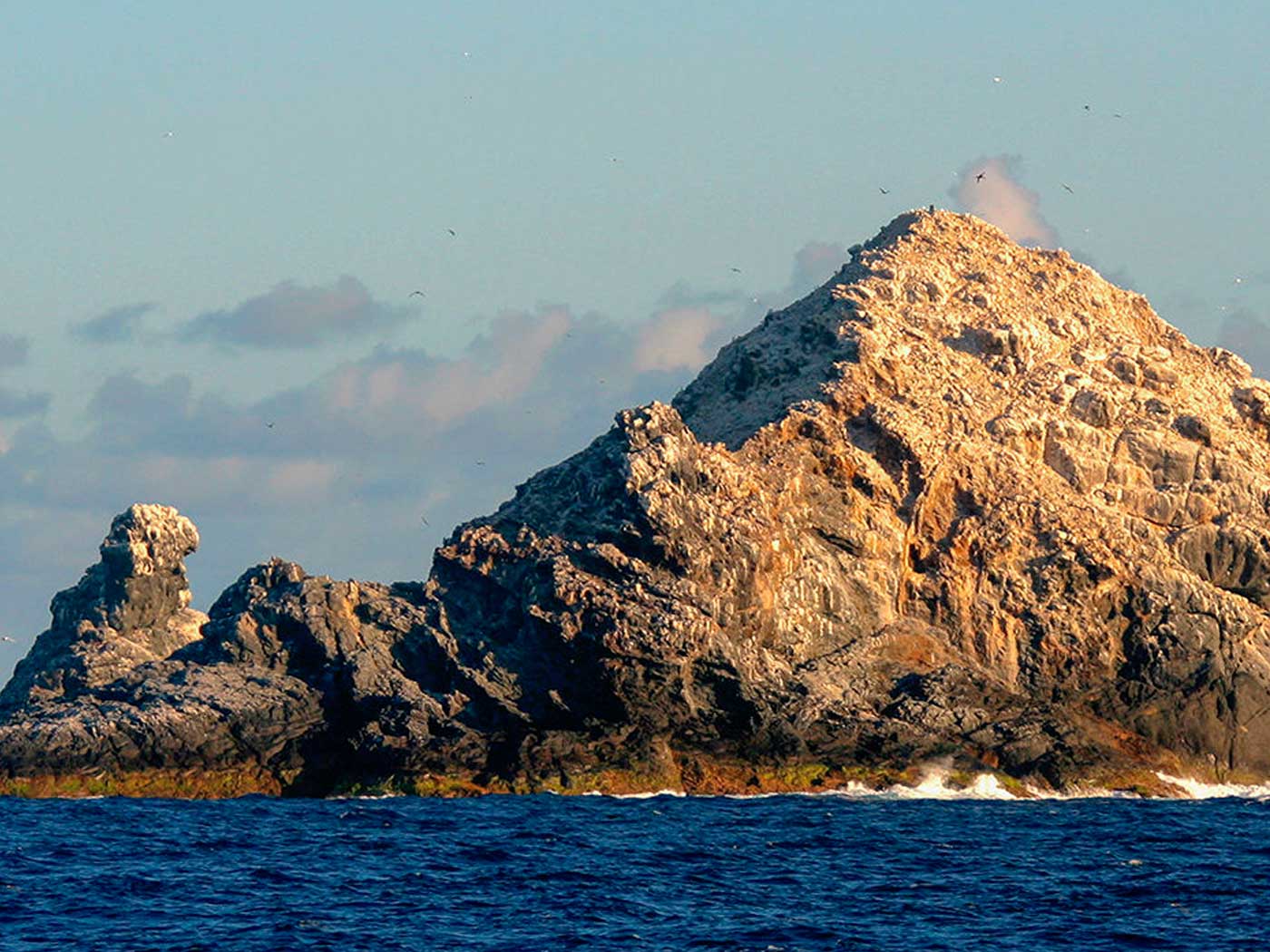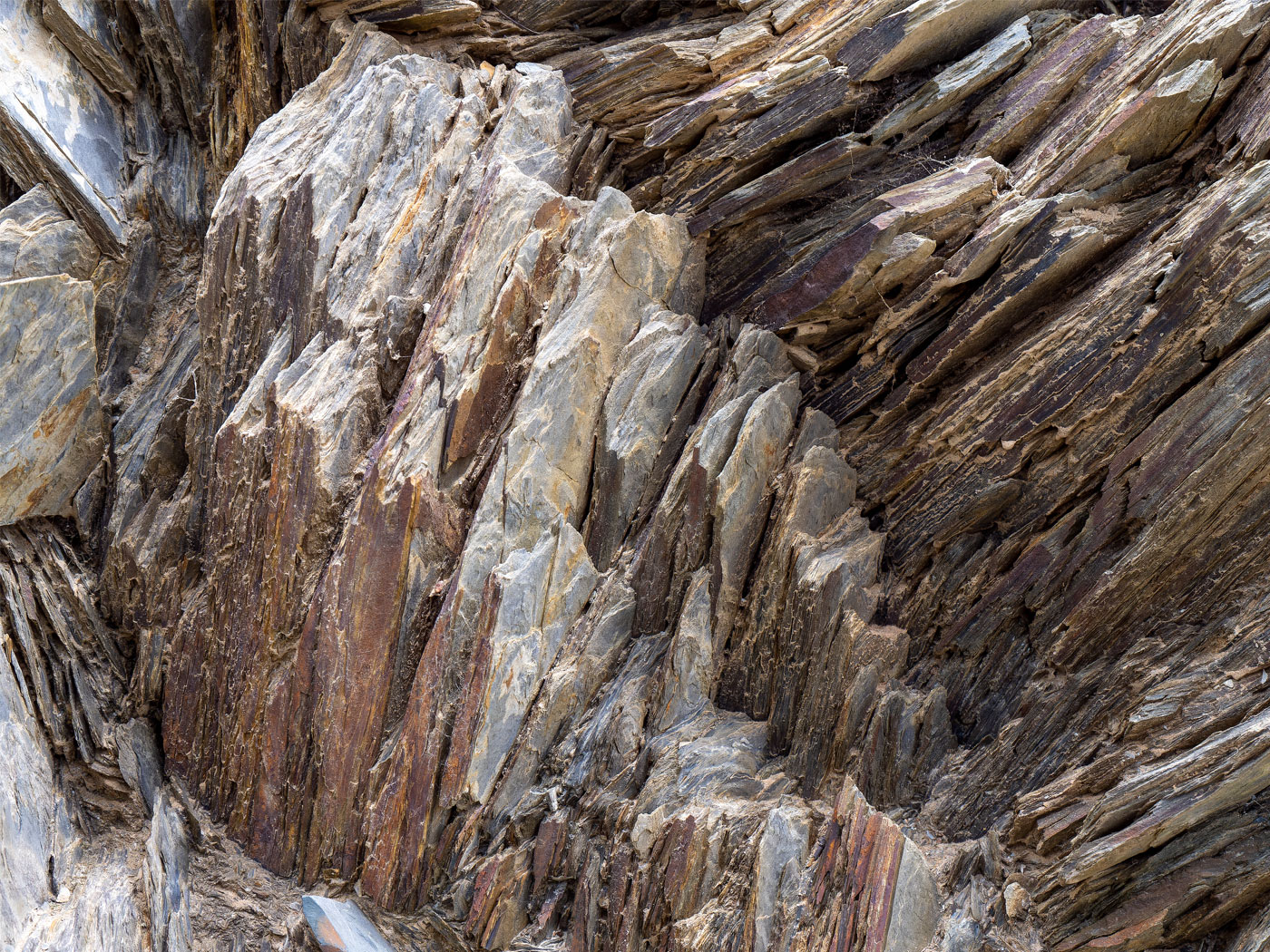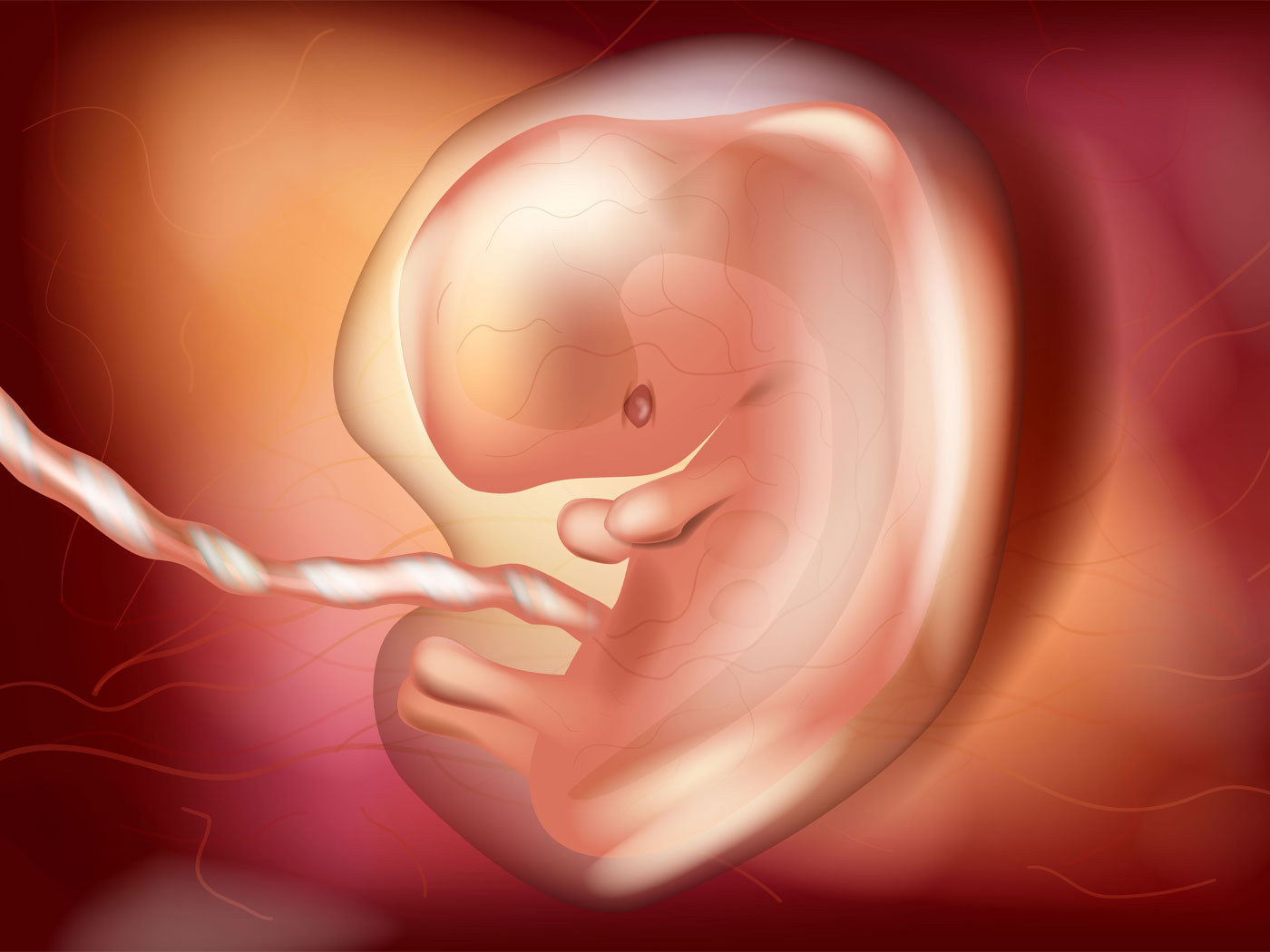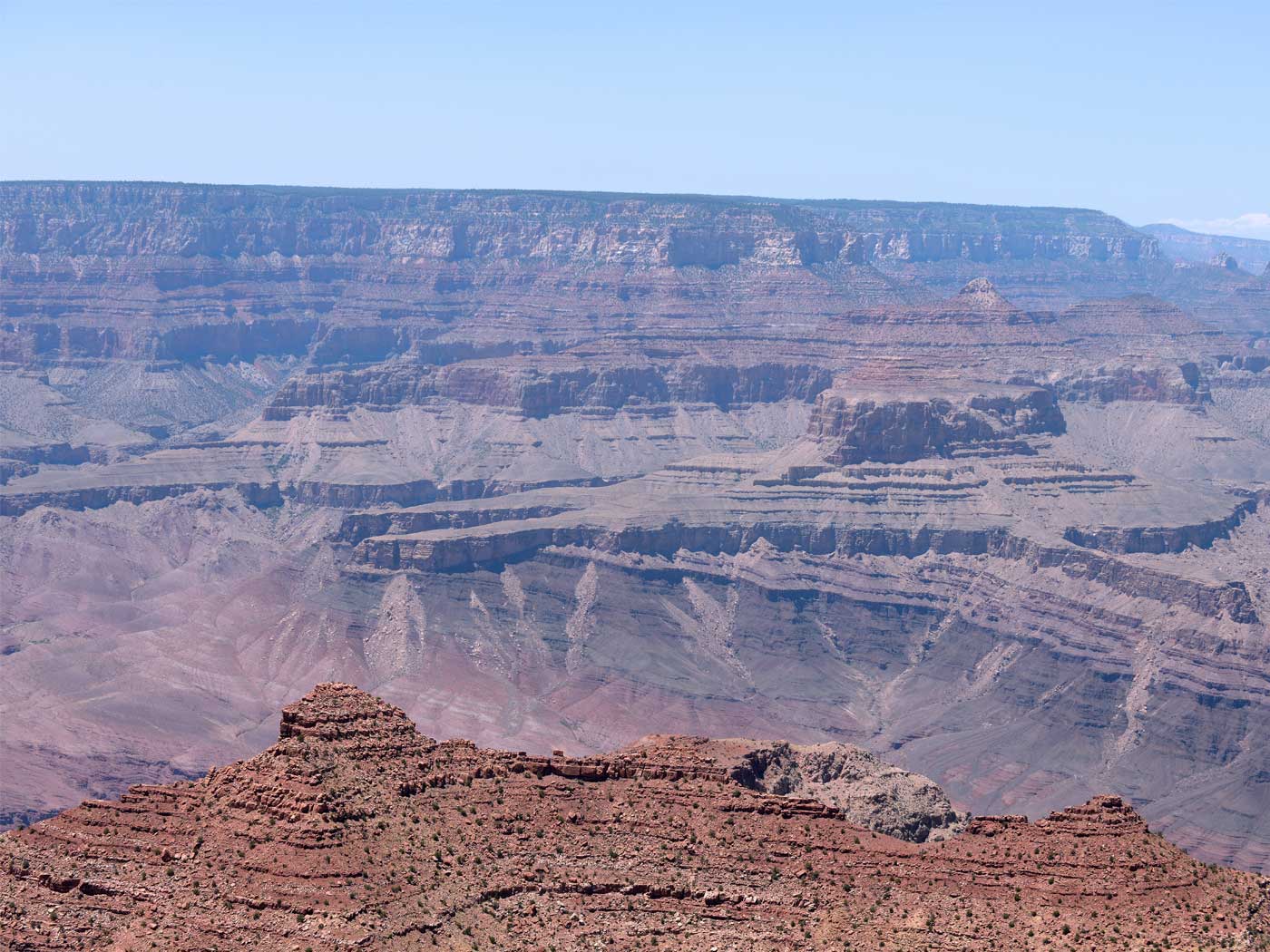In fact, lead author Joseph Frederickson from the University of Wisconsin's Weis Earth Science Museum has found the hunting behavior of theropod dinosaurs, like the Velociraptor, more likely hunted alone rather than in packs like many movies portray.1 He added:
Raptorial dinosaurs often are shown as hunting in packs similar to wolves. The evidence for this behavior, however, is not altogether convincing. Since we can't watch these dinosaurs hunt in person, we must use indirect methods to determine their behavior in life.2
The science team studied living Komodo dragons and their hunting lifestyles from juvenile to adult to use as an analogy for the extinct “raptor” dinosaurs, like Velociraptor. Frederickson said, "We proposed in this study that there is a correlation between pack hunting and the diet of animals as they grow."2 Science writer Brooks Hays explained,
When they're young, Komodo dragons are at risk of predation by adults. To protect themselves, baby Komodo dragons hide high in trees. Up in the canopy, these young dragons take advantage of a range of food sources not utilized by their older relatives.2
Frederickson and his colleagues also used stable isotopes preserved in fossil teeth to better understand the diet of the dinosaurs as they grew. For this study, they used the raptor dinosaur Deinonychus. This was the actual dinosaur labeled as “Velociraptor” in the Jurassic Park movie series. Real Velociraptors were about the size of a turkey. The scientists compared these results to other fossil animals in the same sedimentary layer. Frederickson said,
Stable isotopes of carbon and oxygen were used to get an idea of diet and water sources for these animals. We also looked at a crocodilian and an herbivorous dinosaur from the same geologic formation.2
Probably not surprisingly, the science team found that the isotopic signature in the juvenile Deinonychus teeth differed from the mature, adult teeth. This implies a difference in diet to explain the differences. Again, Frederickson explained,
This is what we would expect for an animal where the parents do not provide food for their young. We also see the same pattern in the raptors, where the smallest teeth and the large teeth do not have the same average carbon isotope values, indicating they were eating different foods. This means the young were not being fed by the adults, which is why we believe Jurassic Park was wrong about raptor behavior.2
In their paper, the authors concluded, “Taken together, these data add to the growing evidence that [Deinonychus] antirrhopus was not a complex social hunter by modern mammalian standards.”1
We do find many fossils of theropod (predators) dinosaurs and even raptors in small groups.3 However, this does not mean they hunted in coordinated packs. As this study shows, we have to be careful about reading too much into behavior from just the bones. The close proximity of many of the dinosaur fossils we find may just be a consequence of instinctual behavior during a catastrophe. Many dinosaurs were probably searching for safety as the waters continued to rise during the global Flood. And it is likely many would have huddled close together on the last remaining high ground, ending up becoming buried together.4
References
1. Frederickson, J.A., et al. 2020. Ontogenetic dietary shifts in Deinonychus antirrhopus (Theropoda; Dromaeosauridae): Insights into the ecology and social behavior of raptorial dinosaurs through stable isotope analysis. Palaeogeography, Palaeoclimatology, Palaeoecology. 552:109780.
2. Hays, B. 2020. Unlike 'Jurassic Park,' real raptors may not have hunted in packs. UPI. Posted May 6, 2020, accessed May 13, 2020.
3. Clarey, T. 2015. Dinosaurs: Marvels of God’s Design. Green Forest, AR: Master Books, 146.
4. Clarey. T. Massive cache of dangerous carnivores found. Creation Science Update. Posted on ICR.org May 6, 2020, accessed May 14, 2020.
*Dr. Clarey is Research Associate at the Institute for Creation Research and earned his doctorate in geology from Western Michigan University.




